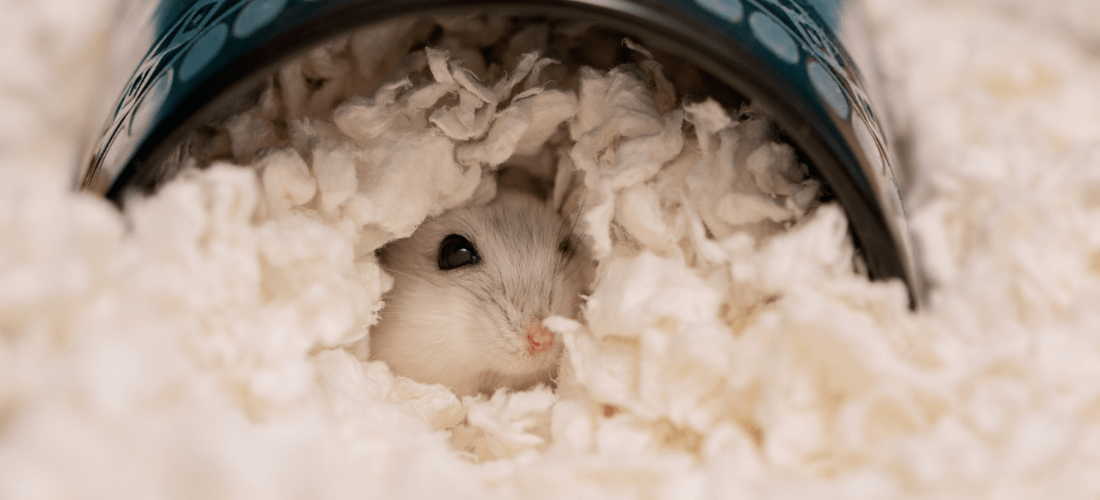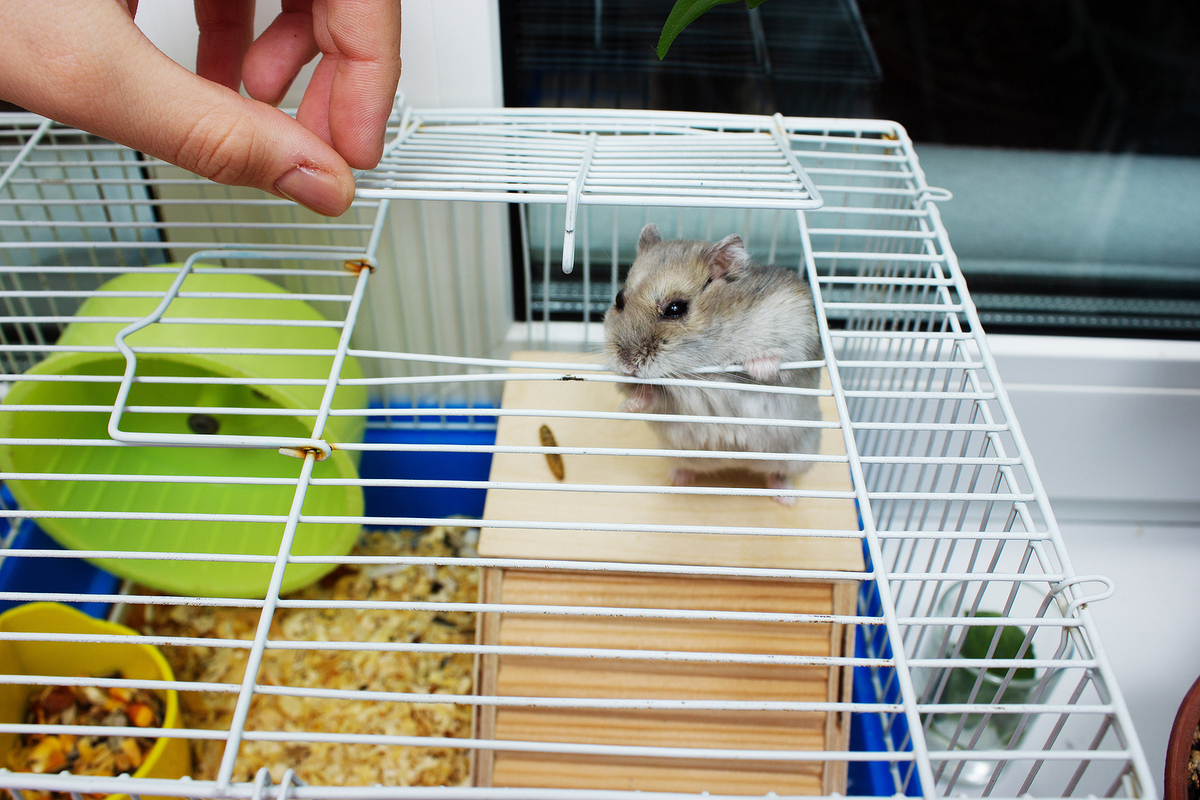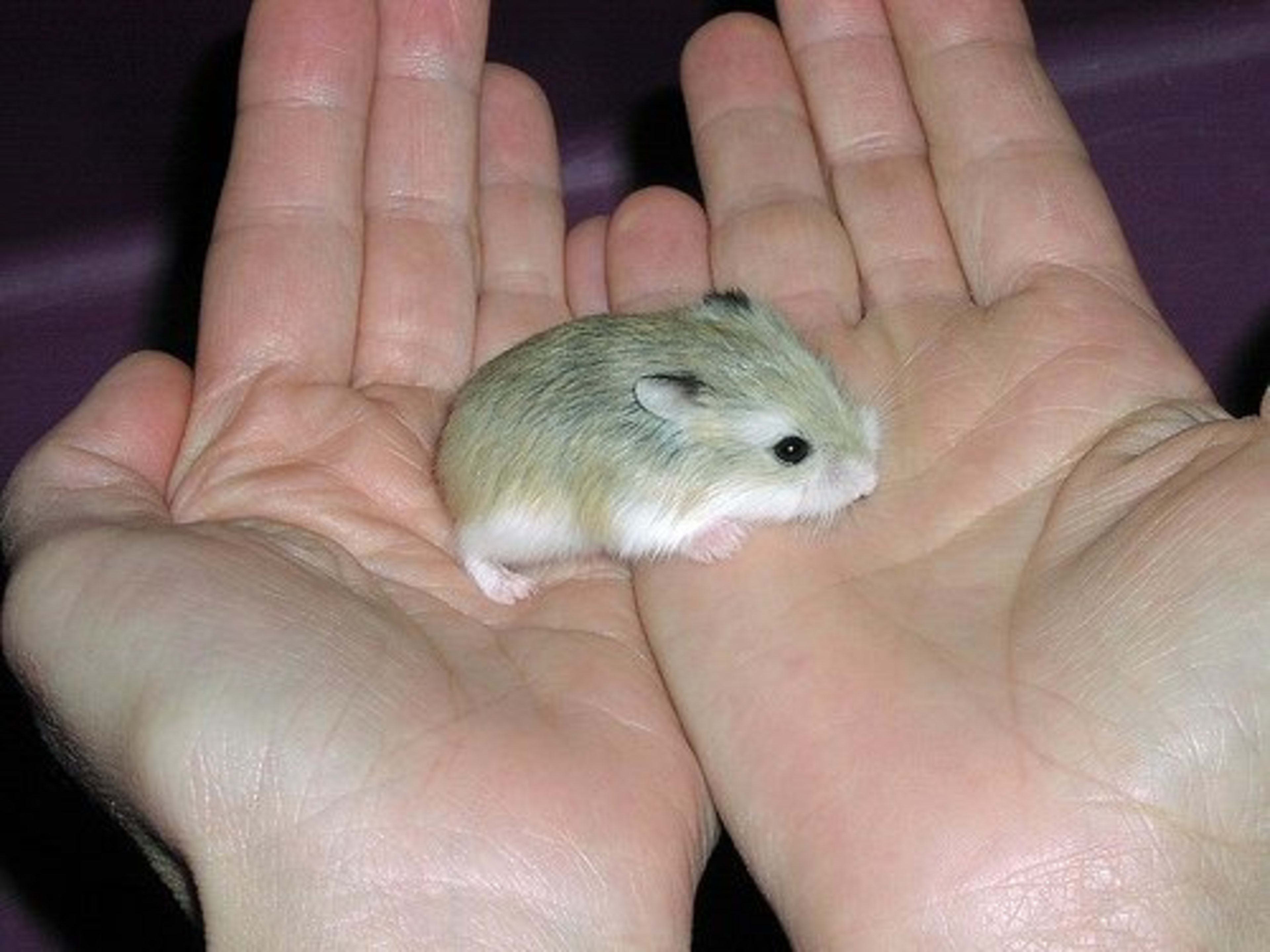Taming your hamster is one of the most rewarding parts of pet ownership. Whether you just brought home a Syrian hamster, Winter White, or Roborovski, building trust takes time, patience, and gentle care.
:strip_icc():format(webp)/how-to-handle-and-tame-pet-hamsters-1238956-hero-a069fe65c95c4753998e6bb5112a6b88.jpg)
Why Taming Is Important
A tamed hamster:
- Is more confident and less stressed
- Will allow gentle handling and bonding
- Makes health checks and cleaning easier
By gaining your hamster’s trust, you’re creating a better life for them—and a more enjoyable experience for you!
Step 1: Give Your Hamster Time to Adjust

When you bring your hamster home, avoid handling them for 2–3 days. Let them explore their new cage, get used to your scent, and adjust to their environment.
Tips:
- Keep the cage in a quiet area
- Avoid loud noises or sudden movements
- Talk softly to get them familiar with your voice
Step 2: Let Them Smell You First

Start by placing your clean hand (no strong scents) inside the cage for a few minutes every day. Don’t try to touch—just let your hamster come to you.
Pro tip: You can place a small tissue with your scent in the cage for faster recognition.
Step 3: Offer Treats by Hand
:strip_icc()/children-feeding-a-hamster-through-the-door-of-its-cage-639013662-5c3bce4746e0fb0001f3cb36.jpg)
Use healthy treats like sunflower seeds, millet, or dried mealworms. Hold the treat on your palm and wait. Your hamster may take a few days before approaching, but be patient!
Step 4: Use a Playpen or Bathtub

Once your hamster is comfortable taking food from your hand, use a small safe space (like a dry bathtub or hamster playpen). Let your hamster walk around while you gently sit nearby with treats.
Step 5: Gently Practice Lifting

When your hamster confidently approaches you, start practicing short, gentle lifts using both hands as a scoop. Always stay close to a flat surface to avoid injuries in case they jump.
Step 6: Build Daily Routine

Taming takes consistent effort. Aim for short, positive sessions (5–10 minutes a day). Avoid waking them up suddenly or forcing interaction—they are nocturnal and can get scared easily.
Common Mistakes to Avoid
:strip_icc()/a0047-000145-56a2bce25f9b58b7d0cdf7cf.jpg)
- Chasing your hamster around the cage
- Loud or aggressive handling
- Using gloves (they won’t learn your scent)
- Handling too early or too long
Bonus Tip: Know Your Hamster’s Breed

- Syrian hamsters are usually easier to tame and enjoy solo time with owners
- Dwarf hamsters can be more skittish but still trainable with care
- Roborovskis are fast and best for observation, not handling
Taming a hamster is all about patience, trust, and love. Each hamster has its own personality—some take a week, others take a month. What’s important is that you respect their pace and enjoy the process.
At Kawaii Tomodachi Pets, we believe in nurturing pet-parent bonds from the beginning. 🐾






